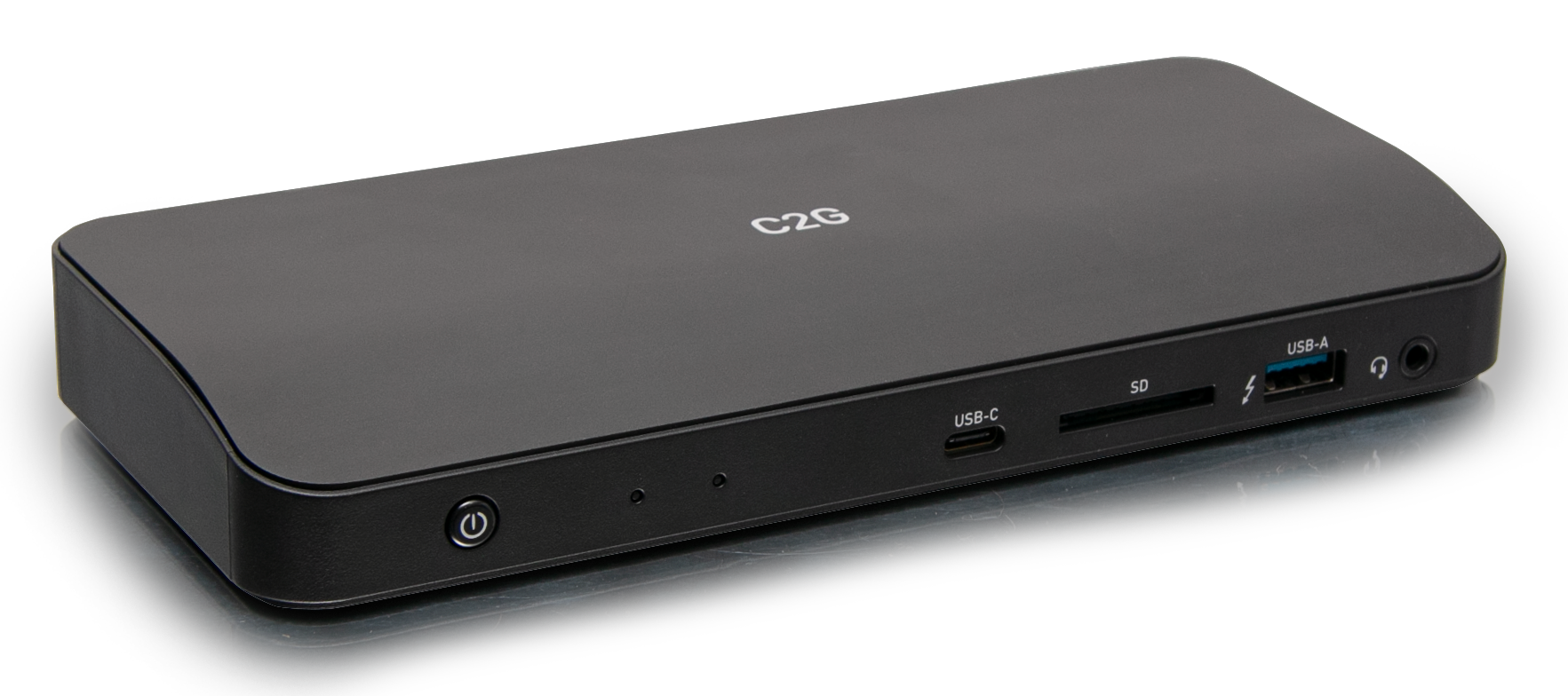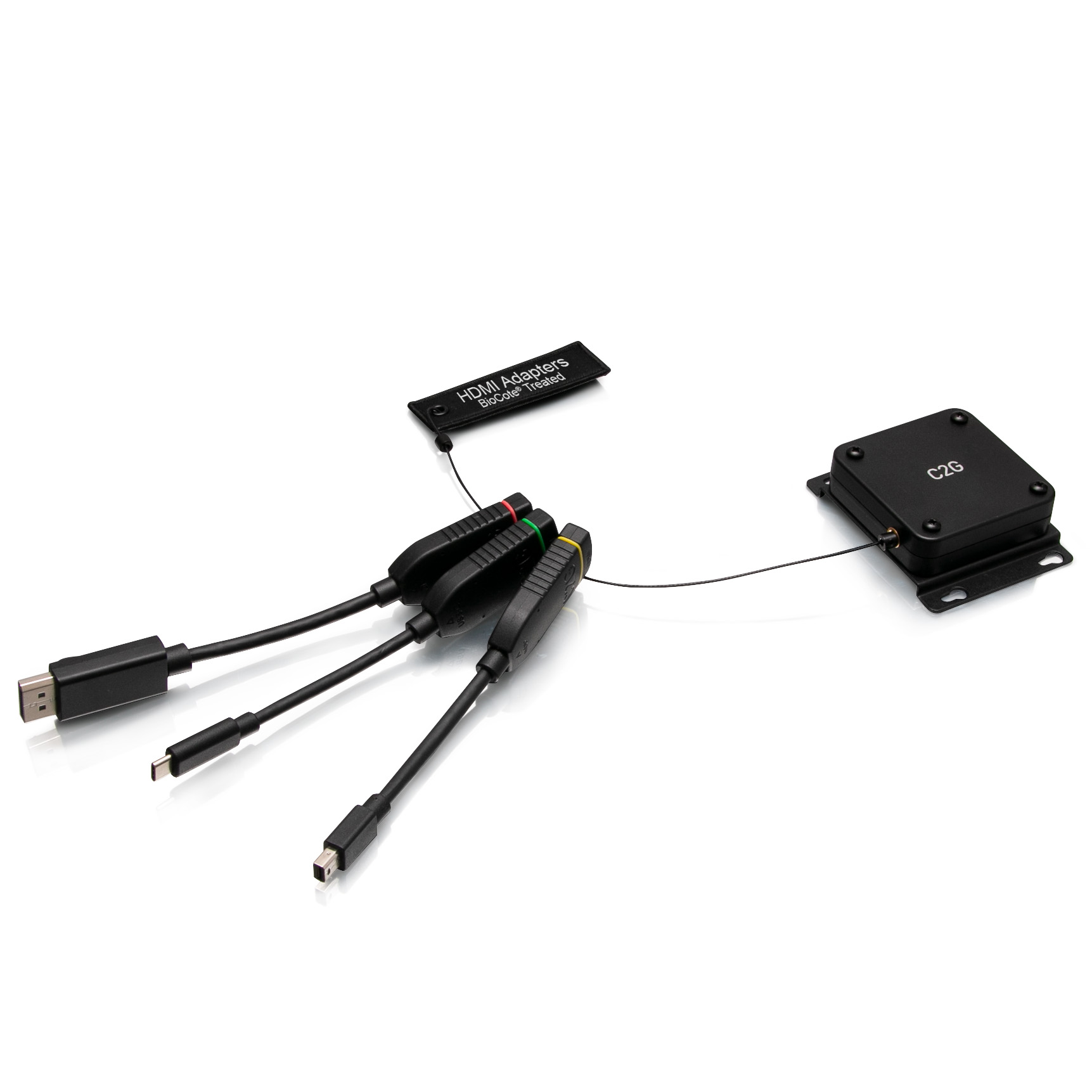To paraphrase Greek philosopher Heraclitus: Change is certain. That’s absolutely true of the AV industry, where new innovations are being developed at breathtaking speed to meet the demands of a shifting horizon. If the past two years has revealed anything, it’s that change can drastically speed up and shake up any expected trajectory. One area where this has been profoundly felt is in the conference room.
The mission of a conference room or huddle space is to enable collaboration and communication that is simple, scalable, equitable, and ready, no matter the device or the participants’ locale. The biggest impact to conference room technology is coming from four letters that spell out trouble for AV system designers—BYOD.
[SCN Hybrid World: Look Up, Listen Up with These 9 Ceiling Mics]
Bring Your Own Device is a continuing shift in how we accommodate mobile devices. It's beyond challenging to create a functional conference system when the very components of the system can change from user to user and from day to day.
Built for Change
How can integrators assist companies in building out spaces that will stand the test of not only time but change—and without a large investment? The answer lies in the system’s foundation: connectivity.
Users should be able to walk in and know what to do, and the best way to ensure the value of an installation is by having one consistent and simple workflow.
By creating a hyperflexible connectivity foundation, organizations can more readily and affordably respond to change. The devices that need to connect to the projector, camera, microphones, and interactive displays will vary from person to person and year to year, even within the same organization.
According to Business Tech Weekly, the estimated lifespan of a laptop is around 3-5 years, with five years being on the long side. With the price of laptops having fallen drastically in recent years, it’s much more economical for companies to upgrade an aging laptop than suffer the consequences of poor productivity due to its limitations.
[Productivity Starts at the Desktop]
Five years in the electronics industry is a long time. In just the last five years, we’ve seen a wholesale reengineering of ports and protocols to the point that connections that were ubiquitous half a decade ago are disappearing quickly.
For example, USB Type-C is enjoying the fastest growth, but even within USB-C there is a need to support multiple connectivity standards including USB 2.0 and 3.0, DisplayPort Alt-Mode, Ethernet, DisplayLink, and HDMI. Legacy connections like Mini DisplayPort, Mini and Micro HDMI, VGA and Apple Lightning add yet another layer of complexity.

A critical factor in all of this change is the usability of the room. Conference rooms and huddle spaces need to be intuitive. Users should be able to walk in and know what to do, and the best way to ensure the value of an installation is by having one consistent and simple workflow. When everyone connects in the same manner, the meeting can be a plug-and-play experience.
A Survey of Solutions
With all this in mind, creative and flexible connectivity solutions are the answer. At home we can do many things wirelessly. Wireless presentation systems have their place in the conference room, but security concerns and peripherals that require a wired link can limit the utility of such solutions.
Most of the inexpensive wireless solutions are designed for playback only and are not full-function codecs. This means they might not offer a connection to webcams and mic arrays.

Other solutions, such as a centralized 4K adapter ring mounted to the center of the conference table, can provide a customizable and affordable option for viewing content. HDMI is the most ubiquitous AV connection on the planet, and virtually any source can be converted to an HDMI output.
However, HDMI doesn't support bidirectional communication. Because of this, an HDMI adapter, like a wireless solution, may not provide a pathway for all of the input devices in the system.
Docking stations are rising stars in this space. Most users can simply connect their Type-C enabled laptop to an installed dock via a single cable and experience instant connection to the camera, microphones, display, network, charging power. and more. This is the power of USB Type-C. Rooms can be reconfigured, and devices upgraded as needed, but the workflow and the productivity stays consistent.
[Rust Never Sleeps ... and Neither Do Display Manufacturers]
Heraclitus was right that change is guaranteed, but what’s more important is where that change occurs. This won’t be the last evolution of the conference room and other collaboration spaces, but firm ground can be found.
Instead of organizations having to shake up workflows and productivity, integrators can introduce connectivity solutions that are adaptable and affordable. This hyperflexibility will ensure consistently great meetings and presentations for years to come.
